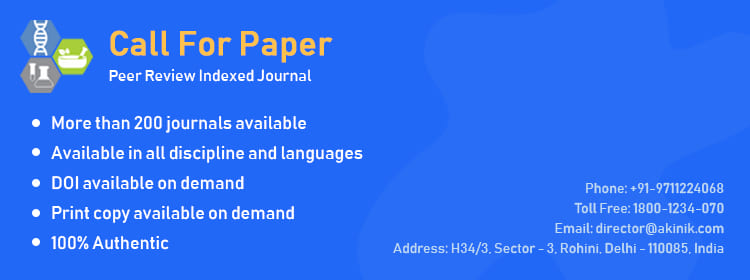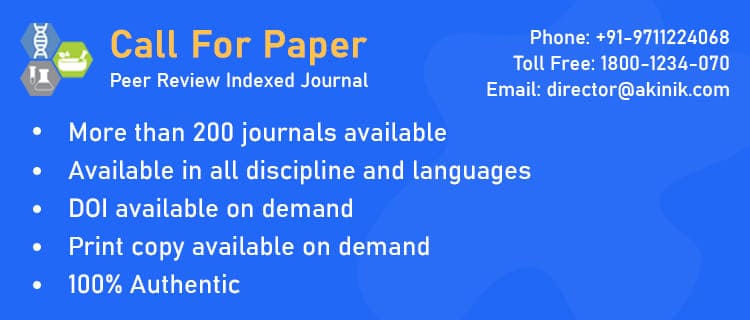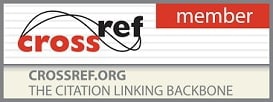- Printed Journal
- Indexed Journal
- Refereed Journal
- Peer Reviewed Journal

Journal of Pharmacognosy and Phytochemistry
Vol. 14, Issue 5 (2025)
Ayurvedic management on renal calculi: A case study
Gadve Babasaheb Nana and Supriya Sukhdev Nirmal
In Ayurvedic literature, the term Ashmari refers to a variety of pathological stone formations, not limited to renal calculi but also including stones occurring in the gallbladder, urinary bladder, prostate gland, tonsils, nasal passages, pancreas, and other locations within the body. Classified under Ashtamahagada (eight grave disorders), Ashmari is closely correlated with renal calculi in contemporary understanding [1]. In Ayurveda, Ashmari utpatti (Ashmari production) occurs due to the vitiation of Tridoshas (Vata, Pitta, and Kapha), especially the accumulation of crystallized substances caused by factors like improper diet, lifestyle, and genetics, leading to the formation of stones in the Mutravaha Srotas (urinary tract). This process involves an imbalance in the Doshas, particularly Kapha, which results in the aggregation of earthy, solid materials that form calculi, or Ashmari [2]. Classical symptoms include Basti shoola (pain in the bladder region), Arochaka (loss of appetite), Mutrakrichha (dysuria), Basti-shiro vedana (pain in the bladder and head), Mushka vedana (testicular pain), Shepha vedana (penile pain), Jwara (fever), Avasada (fatigue), and foul-smelling urine (Bastigandhi mutra). In this case, a 24-year-old female reported to the outpatient department (OPD) with complaints of right flank pain, backache, nausea, headache, abdominal heaviness, and burning micturition. Based on clinical evaluation and ultrasonography, she was diagnosed with Mutrashmari. Imaging revealed an 8 mm calculus located in the mid-calyx of the right kidney. She was managed with an Ayurvedic regimen consisting of Trivikram Ras, Hazaralyahud Bhasma, Shweta Parpati, and Varunshigru Kwath, administered for a period of three months & Achha-snehapana for 21 days in shaman matra. This case study highlights the therapeutic potential of herbomineral formulations in the management of Mutrashmari, emphasizing their role in fragmentation and expulsion of calculi, supplemented with dietary regulations and lifestyle modifications.
Pages: 482-484 | 338 Views 110 Downloads









